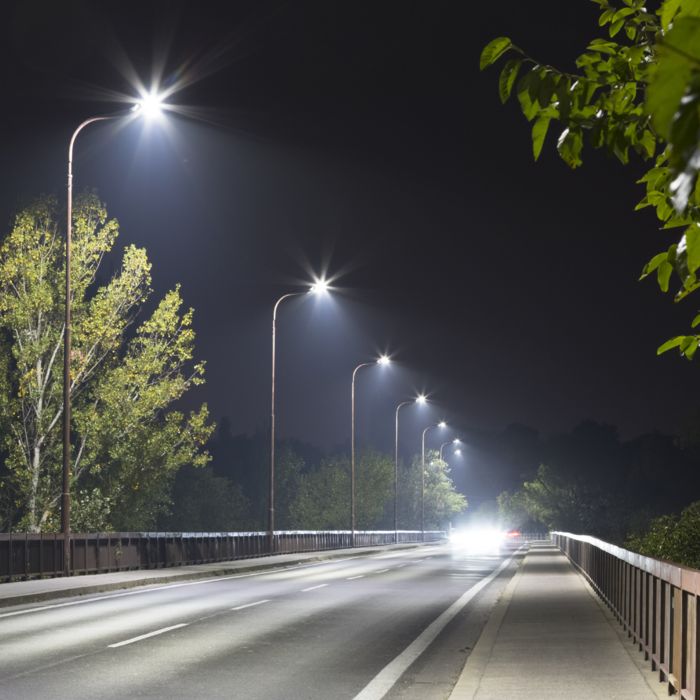
The existing lighting infrastructure will have to face new technical and economic challenges. The focus will be on increasing the safety and attractiveness of roads and plazas. Urban planners use energy-saving and resource-conserving solutions to accomplish these goals.
Intelligent lighting control offers huge potential for energy efficiency and enables the smooth and individually adjustable operation of lights. The portfolio ranges from electromechanical components and control and communication components with integrated remote control technology to cloud-based light management systems for urban applications.



















